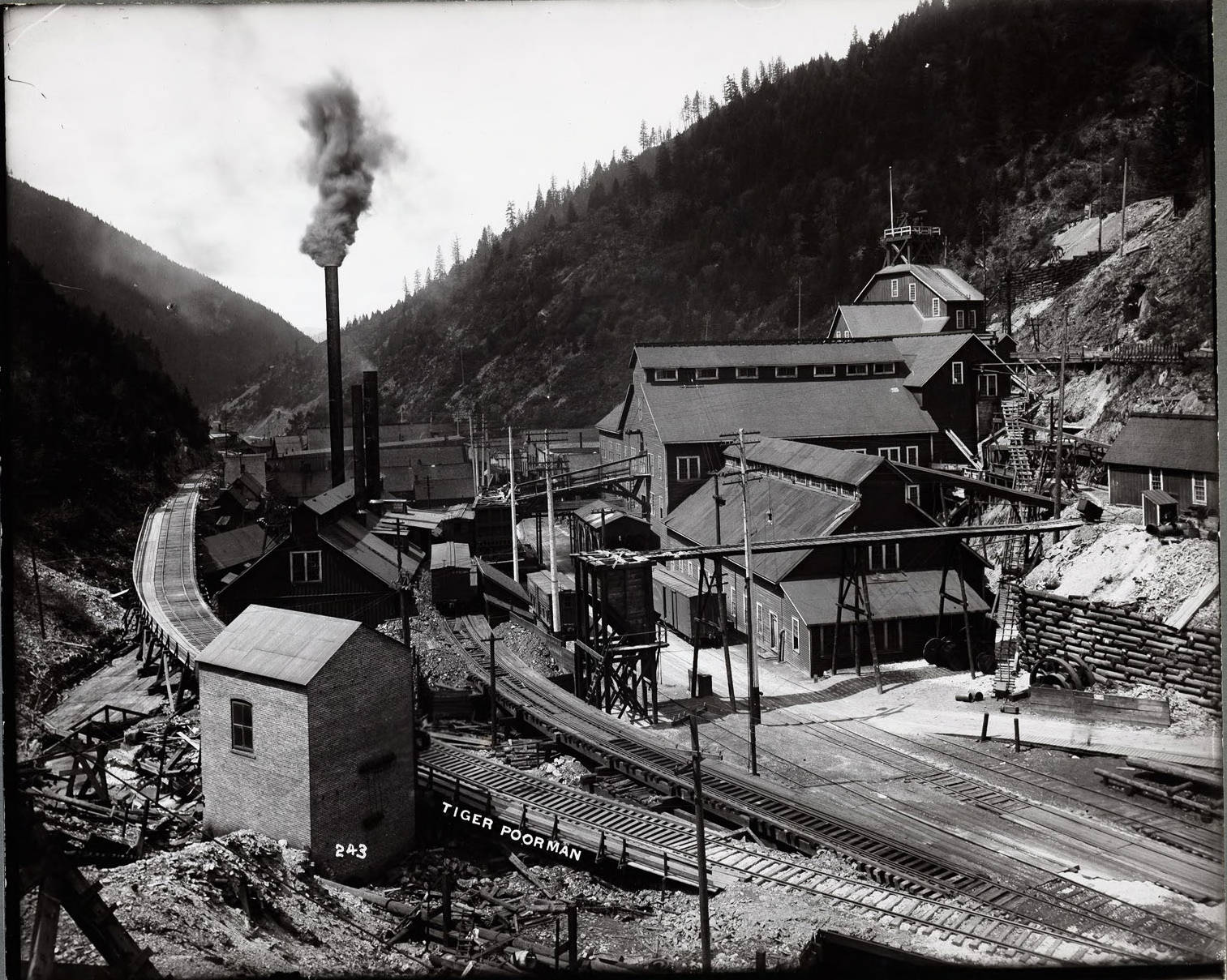Today, we take a closer look at the environmental impacts of underground metal mines. While underground metal mines, like the mines that operated in north Idaho for decades, results in many beneficial materials that are used to build and power technological advancements, there are also damaging effects to mining raw minerals. According to the EPA’s Toxic Releases Inventory report, mining is ”the single largest source of toxic waste of all industries in the United States” because ”mineral extraction sites, which include strip mines, quarries, and underground mines, contribute to surface and groundwater pollution, erosion, and sedimentation.”1
If you remember from our post on extraction, we discussed how mineral extraction ”involves the excavation of large amounts of waste rock to remove the desired mineral ore. The ore is then crushed into finely ground tailings for chemical processing and separation to extract the target minerals. After the minerals are processed, the waste rock and mine tailings are stored in large, above-ground piles and containment areas. These waste piles, along with the bedrock walls exposed from mining, pose a huge environmental problem due to metals pollution associated primarily with acid mine drainage. Acid mine drainage is caused when water draining through surface mines, deep mines, and waste piles comes in contact with exposed rocks that contain pyrite, an iron sulfide, causing a chemical reaction. The resulting water is high in sulfuric acid and contains elevated levels of dissolved iron. This acid runoff also dissolves heavy metals such as lead, copper, and mercury, resulting in surface and ground water contamination.”1
Additionally, smelting (“the process of separating the metal from impurities by heating the concentrate to a high temperature to cause the metal to melt”) is also a source of pollution by producing ”contaminant-laden air emissions and process wastes such as wastewater and slag” (slag is a solid waste product produced by smelting).2
Sources
Photos courtesy of the Barnard-Stockbridge Photograph Collection, University of Idaho Library Special Collections and Archives



![Empire State Mining and Developing Co., Wardner (Idaho) [02]](https://objects.lib.uidaho.edu/barstock/barstock589.jpg)
![Amazon Dixie Mine, Sildex (Montana) 1923 [04]](https://objects.lib.uidaho.edu/barstock/barstock1190.jpg)